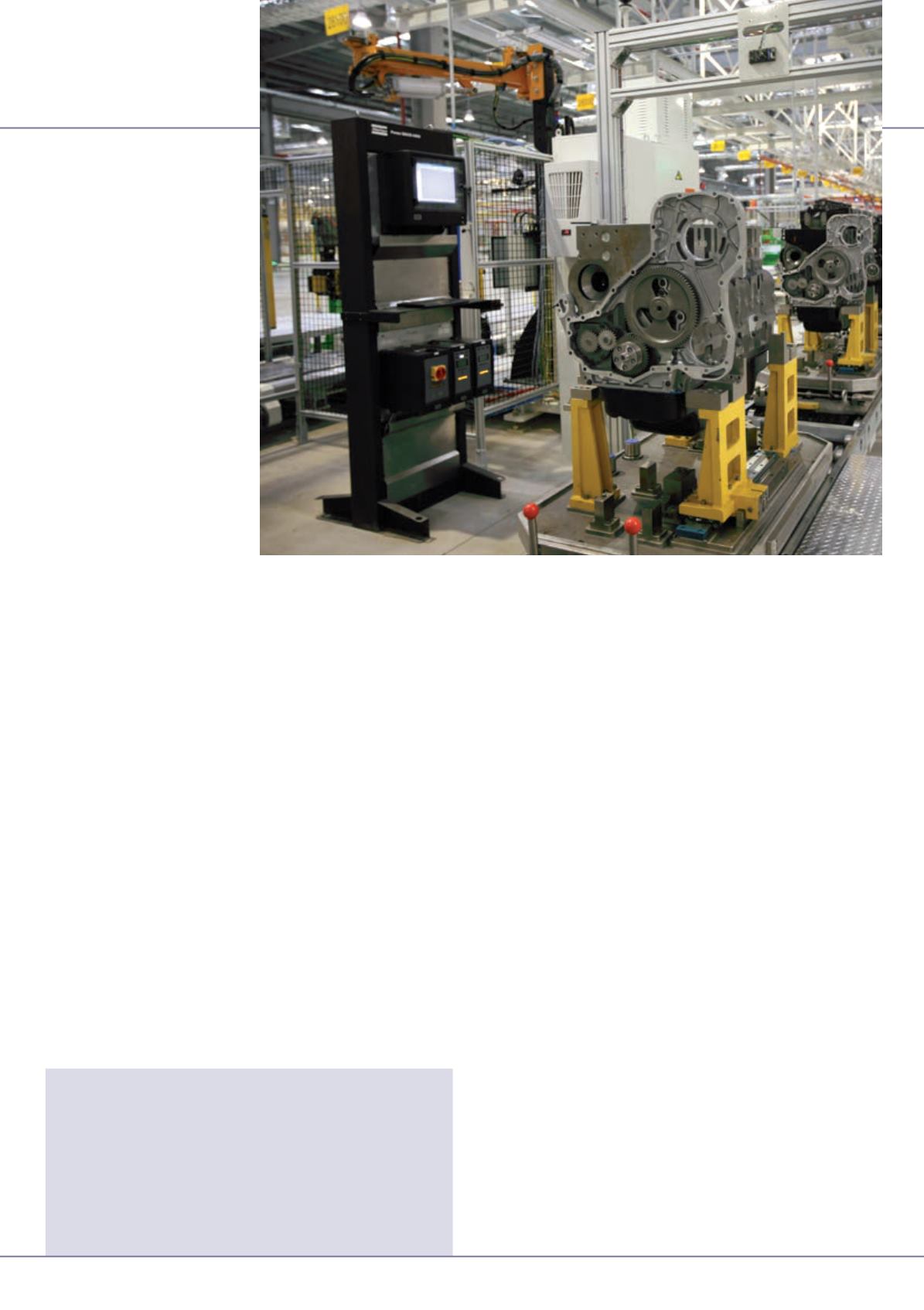
EQUIPMENT
66
international
construction
july-august 2014
LIUGONG
years of so we have seen some of
the new players in the industry
disappear.
“That’s generally good for the
industry, as China has too many
players.
“But both the Chinese
manufacturers and the overseas
players in China face the same
problem. They all have too much
capacity, so there is no incentive to
consolidate. The other problem is
that these small players don’t really
have any value to add, so there is
no incentive to buy them. We have
seen factories close and new players
move into other industries,” he
said.
New approach
Such big changes in the competitive
and market landscape seem to have
prompted a change in emphasis
for Liugong, particularly when
it comes to establishing a more
international footprint.
“We are not slowing down, but
we are doing these projects more
carefully. I think in the past we
and other Chinese companies
jumped in too fast. We are not
slowing down, but we are spending
more time on strategic plans and
watching the markets carefully,”
said Mr Zeng of the company’s
internationalisation strategy.
He added, “At this moment we
need to find a more reasonable
way to be a global company. The
Chinese market has dropped a lot
and we need to think about how to
balance the domestic market and
overseas markets. Overseas markets
are more important than before.
But at the same time, there are
fewer competitors now in China.”
Liugong has certainly been
one of the frontrunners in the
globalisation of the Chinese
construction equipment
industry. In 2009 it opened the
first overseas factory built by a
Chinese construction equipment
manufacturer, near Indore, in
India. This was followed in 2012
with the company’s first overseas
acquisition, the purchase of Polish
dozer manufacturer, HSW.
Joint ventures
More recently, Liugong has signed
a series of joint venture agreements
in China that are more focussed
on its domestic market. Liugong
Group has established a partnership
with Metso to build and market
mobile crushers in China –
effectively a new product type for
the market.
“The market at the moment is
zero. We are creating the market,”
said Mr Zeng. “So far, so good.
We have built the first prototype
and sold it. We have also utilised
the Liugong sales force to sell the
products.”
More in the mainstream are
Liugong’s new joint venture
with ZF to make transmission
components and a partnership with
Cummins to build engines.
The relationship with ZF goes
back to 1995, when an agreement
was signed that saw Liugong
supplied with German-designed
axles. However, the more recent
development, a further JV signed
in September 2012, will see
components marketed to other
Chinese OEMs as well as being
produced for Liugong.
Another subtle, but important
twist is that the axles are jointly
designed by Liugong and ZF. It
is not just a case of a Chinese
manufacturer gaining access to
western technology, but there
is also the element of Liugong
helping the world-famous German
company produce components
tailored to the local market.
There are similar elements in
the joint venture with Cummins,
which was signed in October
2011 and started manufacturing
in March last year. There are two
engines being produced, a version
of Cummins’ 7 litre QSB7, which
is available in power ratings of
120 kW, 134 kW or 160 kW for
20 to 30 tonne excavators, and the
9.3 litre L9.3 for 5 tonne capacity
(about 3 m
3
bucket capacity)
wheeled loaders.
Although this latter 162 kW unit
is fairly simple, with its mechanical
fuel pump and Tier 2 emissions
compliance, it is a unique engine
designed specifically for this
application – you will not find a
9.3 litre engine elsewhere in the
Cummins range.
Again the deal is that the joint
venture, Guangxi Cummins
Industrial Power Company
(GCIC), produces engines for use
by Liugong as well as for sale to
other OEMs through Cummins’
Chinese sales infrastructure.
According to GCIC deputy
general manager Hengliang Pan,
the specially tailored version of the
QDB7 being produced is “Very
competitive on fuel consumption,”
with about a 15% saving on other
engines available on the market. He
added that noise levels were 50%
lower.
The factory passed its milestone
of producing its 10,000th engine
in June, and Mr Pan said he was
confident of eventually achieving
the target of 50,000 engines per
year, although he said it would be a
challenge in the current market.
And according to Mr Zeng, both
joint ventures are paying dividends,
despite them coming on stream at a
time when the industry is in a lull.
“They have both been good
for us. They have provided a
competitive advantage, high quality
levels, ‘famous’ components and
good delivery times,” he said.
iC
The new Cummins-Liugong
joint venture engine plant in
Liuzhou, China.
“I think in the past we and other Chinese
companies jumped in too fast. We are not
slowing down, but we are spending more time
on strategic plans and watching the markets
carefully.”


